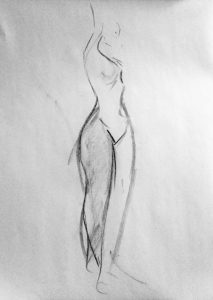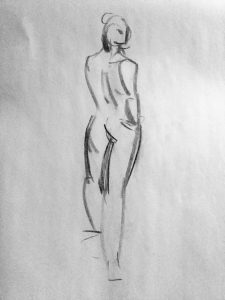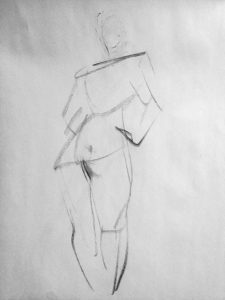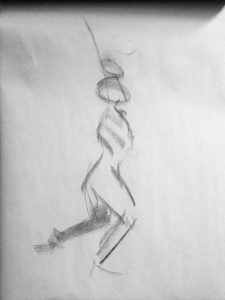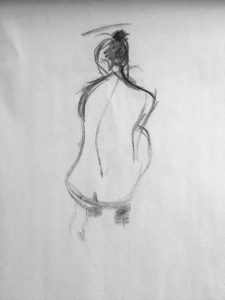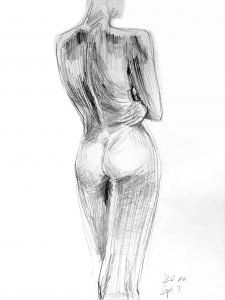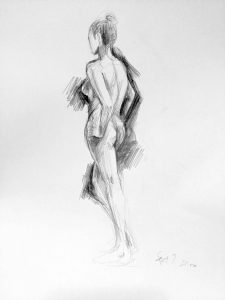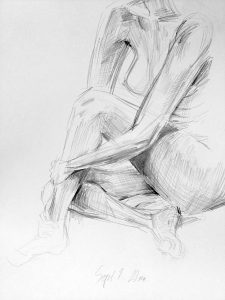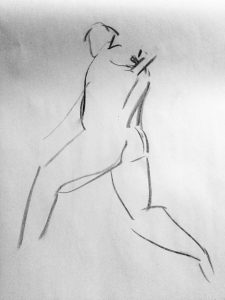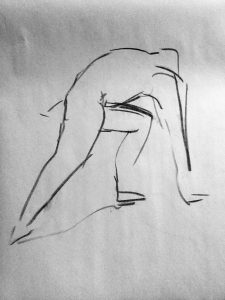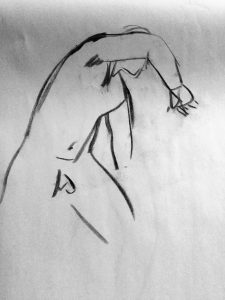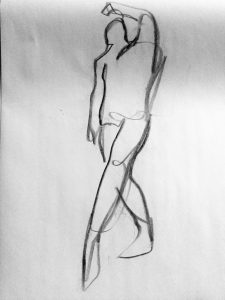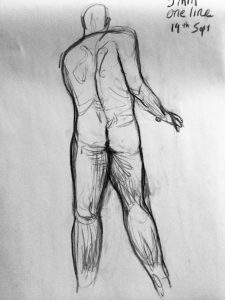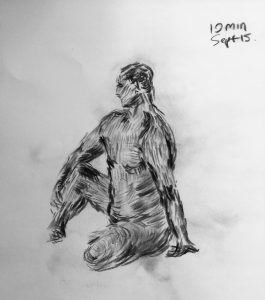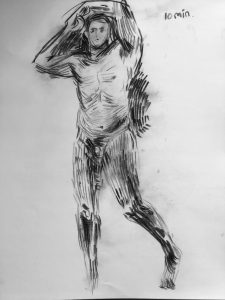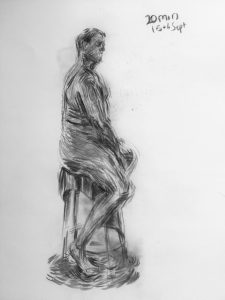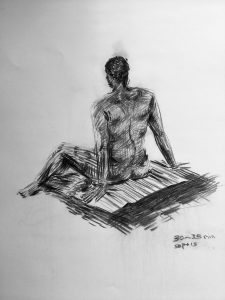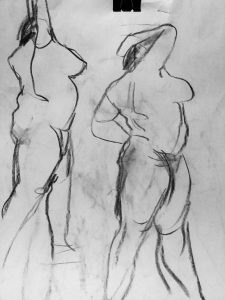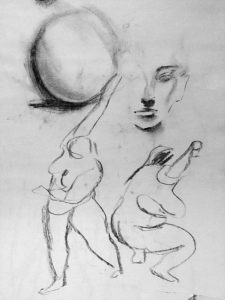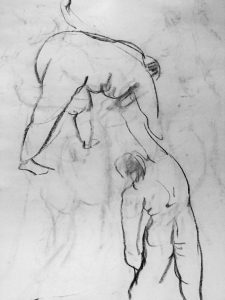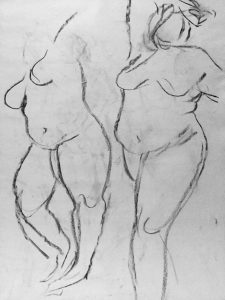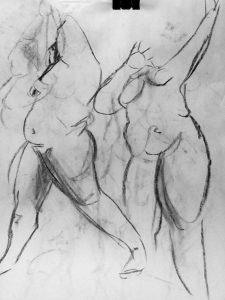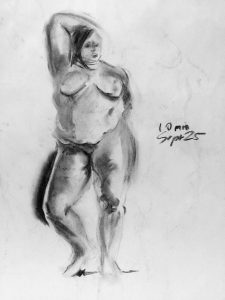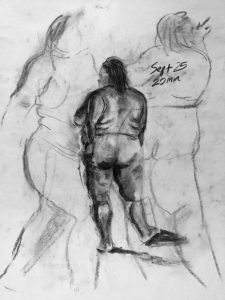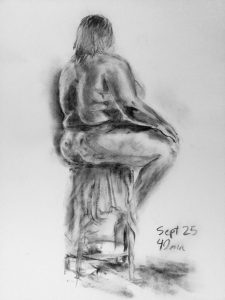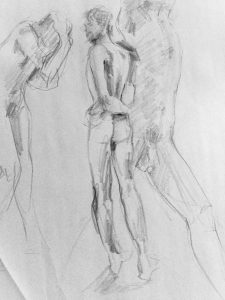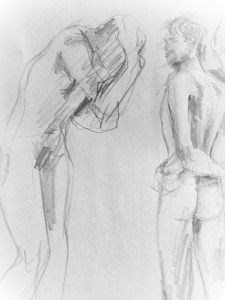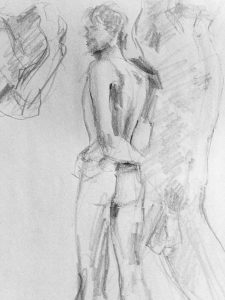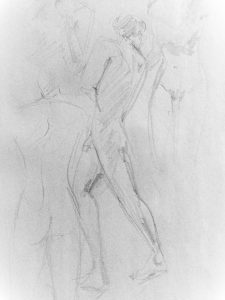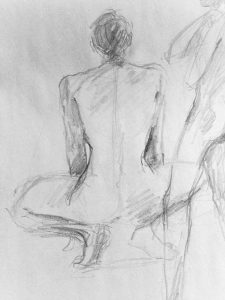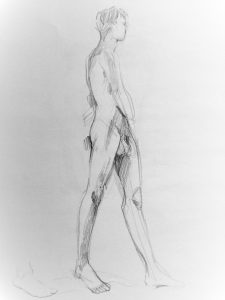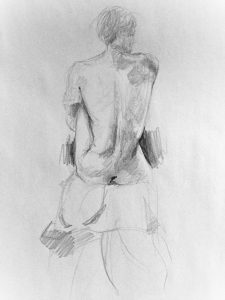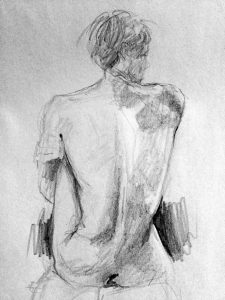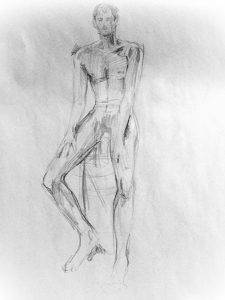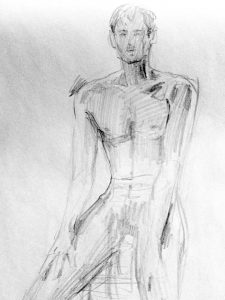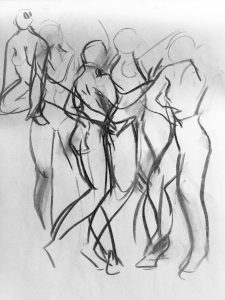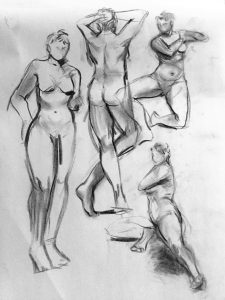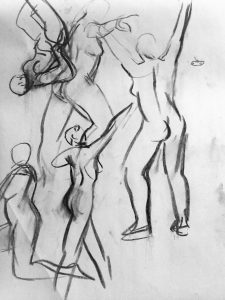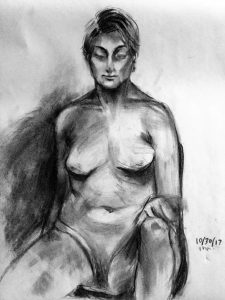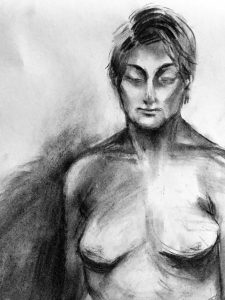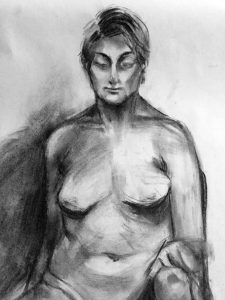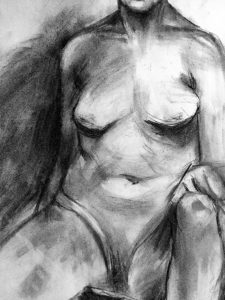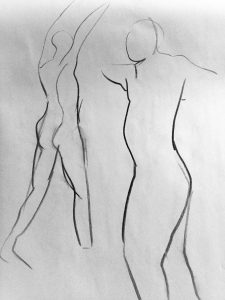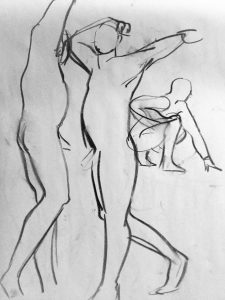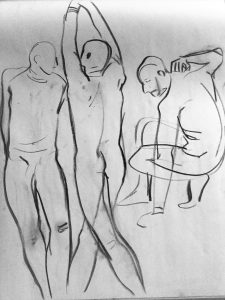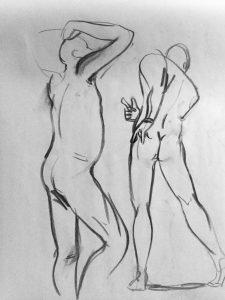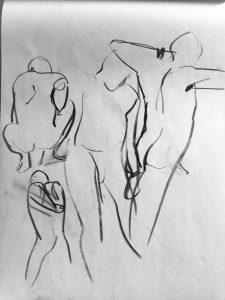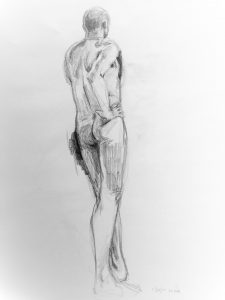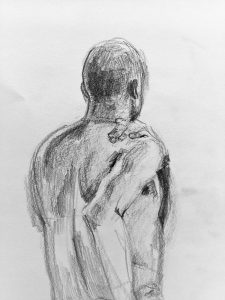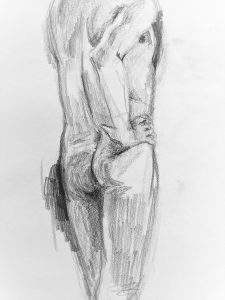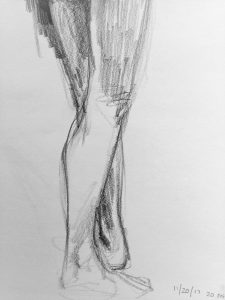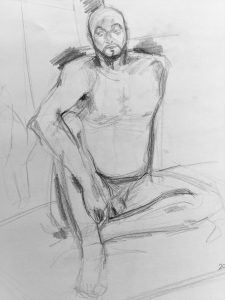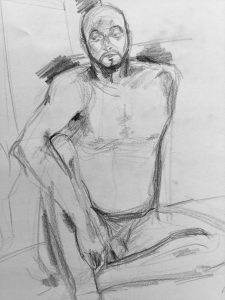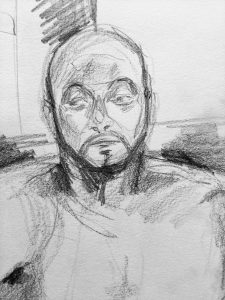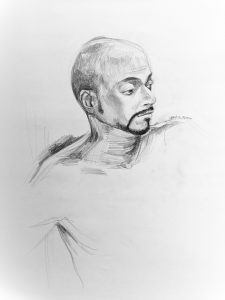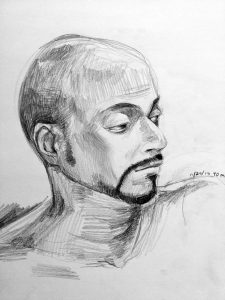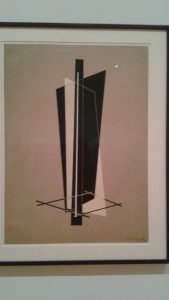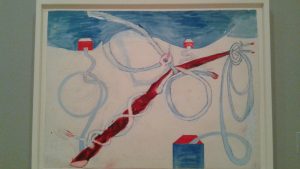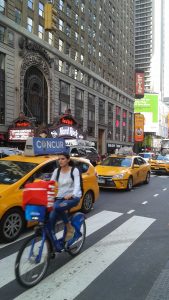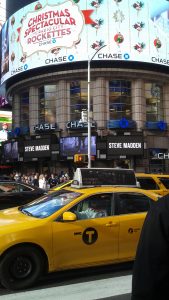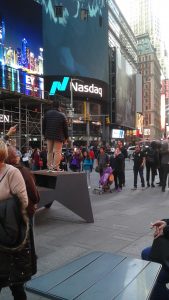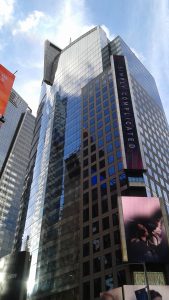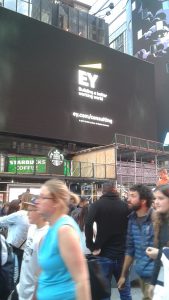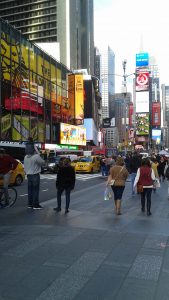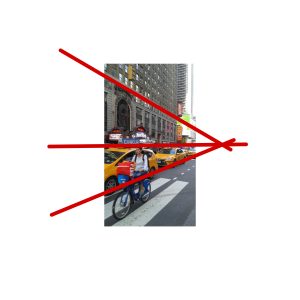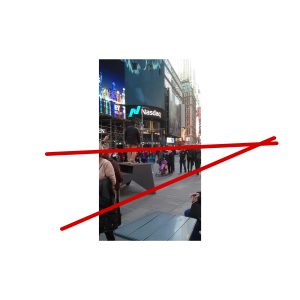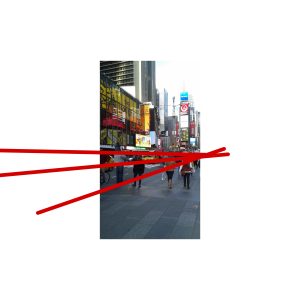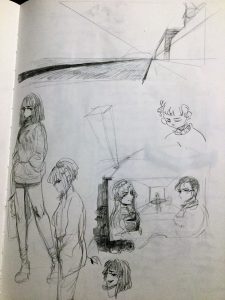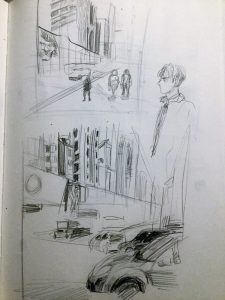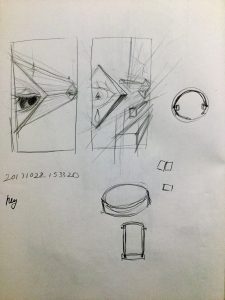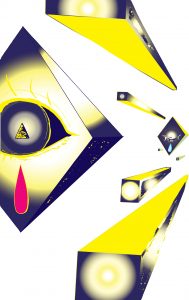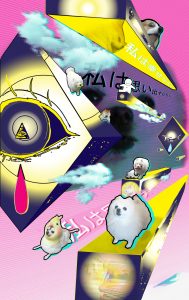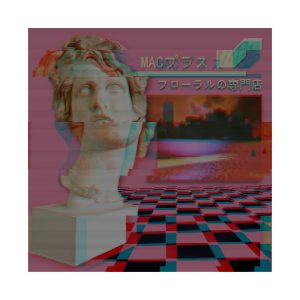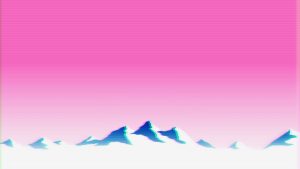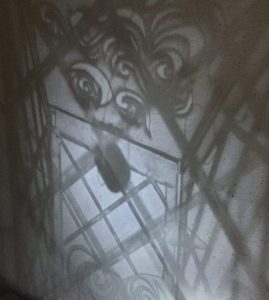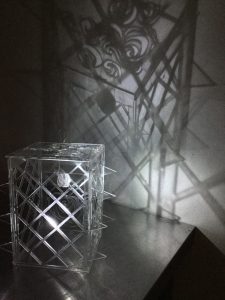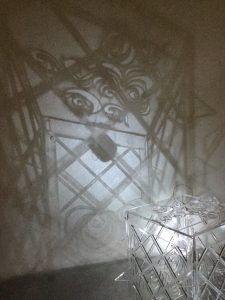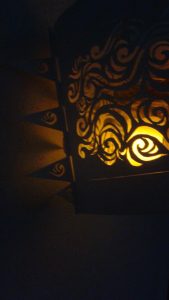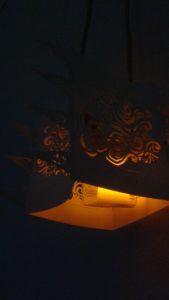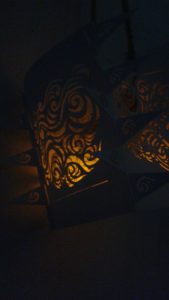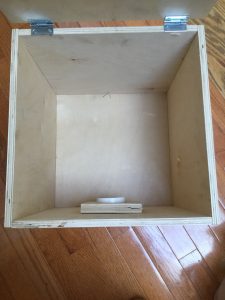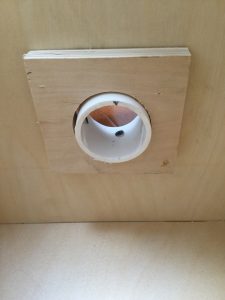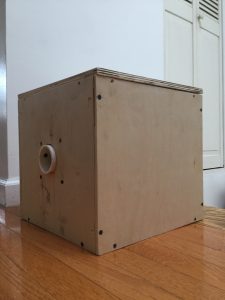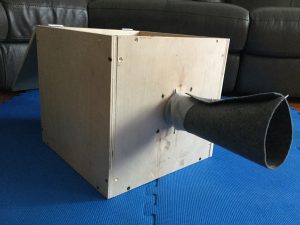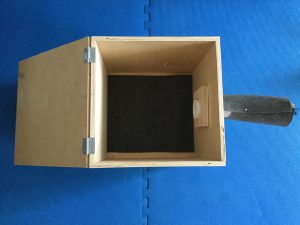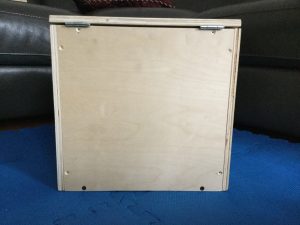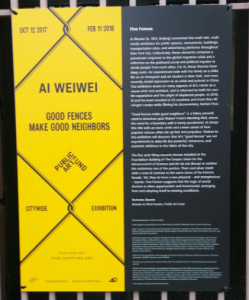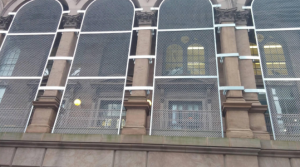The Five Footers spotted at Washington Square Park

To get us going, we did group assignments for class and for homework. Here are some examples of our work:

Our paradise group clock
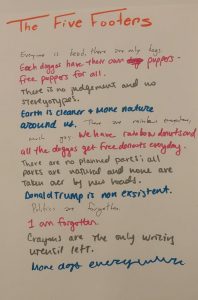
Our imaginary Utopia world
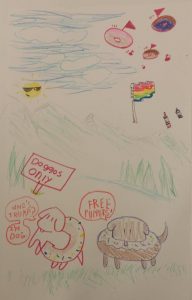
Our world drawn out
~
Seminar Week 9 Collective Reading Response
Both French rapper and mother, Ana Tijoux, holds the same beliefs with music as she talks about how warped the industry has become in making their money through objectifying female artists instead of through the beauty of the actual music. In her article, La Cultura de la Basura, or garbage culture when translated, she says, “Every female singer must compete in an infinite game of provocation… who can show more and more… who is the most desirable, and who has the highest ability to annul the most beautiful femininity…” (Tijoux 2014, 6) Tijoux deprecates the music industry and music videos that only serve to make girls and women into objects of greed, and stresses the importance in discussing the impact it has on the younger generation. For them, opportunities have become severely unequal; the possibilities of work have dwindled as our society not only supports this but now expects this. In turn, Tijoux believes that it is the responsibility of the artist to step away from this cycle and take the initiative change things. She says, “Singers have the imperative task of bringing about a shift through our songs and lyrics. We have to bring the issue to the fore, awaken critical thought, remember with beautiful responsibility the reason for our voices.” (8)
Weil states that, “Work makes us experience in the most exhausting manner the phenomenon of finality rebounding like a ball… ” (Weil 2002, 179)
~
Photo of Influence, spreading happiness by beautifully made paper flowers
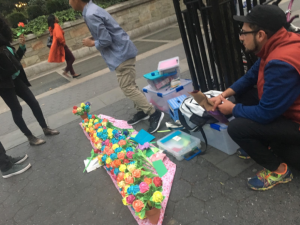
~
After team-building excersies, we got into the flesh of the project – deciding on what we, as a group, wanted to do and forming a manifesto for that. Because the project was a site-specific installation, we researched about the square and found an abundance of dark history that we would have never known if we had not purposely searched up about this place. We related this to the importance of knowing all sides of something, not only focusing on the good, but also the bad. When exploring the square, we saw a man selling anti-trump buttons and we were inspired to do something similar. From then on, our theme would be exposing George Washington, a legendary figure in history, and thus, showing the public the bigger picture – not that it’s important to know the secrets of powerful figures, but that in a political sense, there is not perfect glorious figure, that they are humans just like us.
~
Manifesto Investigation
Chosen Manifesto: An Incomplete Manifesto for Growth by Bruce Mau
Chosen Primary Resource: “Bruce Mau Commencement Speech”
Bruce Mau not only wrote a manifesto on human growth, he is also a graphic designer, architect and entrepreneur. As art students we depend heavily on design, especially since our corresponding studio project is based around graphic design. When we saw that Bruce Mau was such a famous designer we knew that he would be a great source of inspiration reading his manifesto only made us more sure. Unlike many of the manifestos, Mau has a more universally applicable message. He talks to the individual but in a way that many individuals can relate to. We felt that the best way to better understand where Mau was coming from would be to find a primary source directly from him. We found a commencement speech and knew it would be the perfect way to connect Mau to his manifesto and then for us to be able to connect ourselves to our manifesto.
Manifesto Draft
- We are here to expose the hidden life of George Washington
- Exposing these truths will shed a new light on how we perceive and think about history and the people we assume are good
- George Washington was not the man we thought we knew, we must inform people the man he really is
- The first president should be someone we know 100% it’s only fair and we have the right probably
- George Washington, like many other presidents, have their ups and downs because he’s human
- Society erased these truths, we must go against that
- We have to be open-minded about his past life
- History textbooks in school erased his life and only focused on the good concepts, it is our duty to be the better textbook to the public
- Create a new perspective on history
Our Collective Manifesto
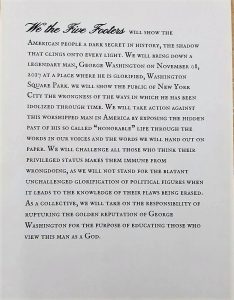
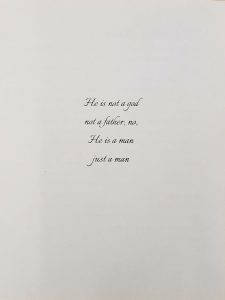
On the day we were performing our project, we all dressed up in black to look punk in order to match our poster themes. We chose this theme because punk has a history of being rebellious against authority. Nicole brought chokers for me and Leach. Alyssa went through an edgy phase so she was prepared.
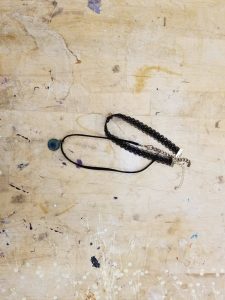
Our soup poster – this was when we couldn’t decide on a theme and just stacked everything in this one poster.
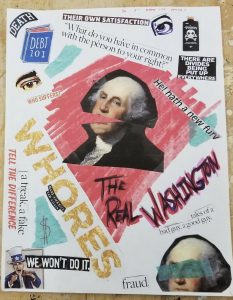
~
Final products
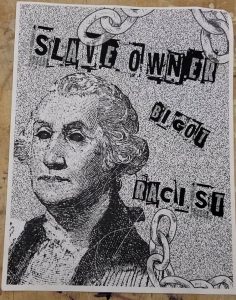
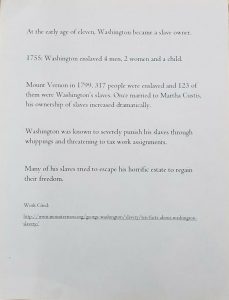
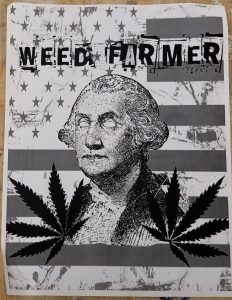
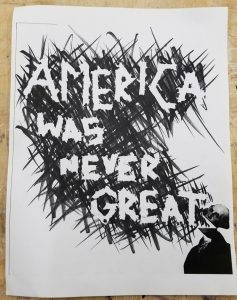
one of the posters contained an informative back side.
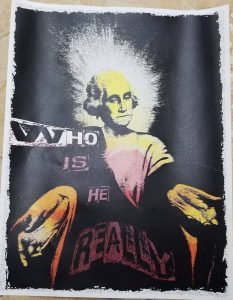
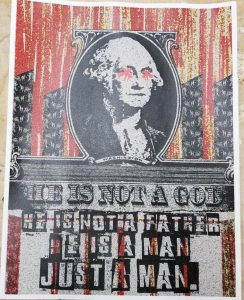
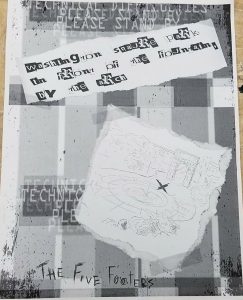
our map for locating our installation
we made a lot of stickers, however not all are showcased because we handed them out
people liked it a lot because it was almost like a collectable (like some trading-card game)
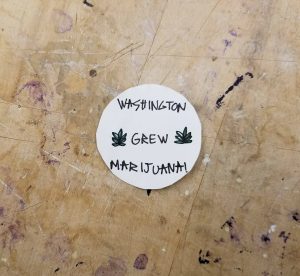
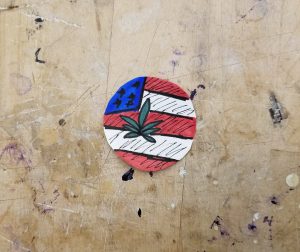
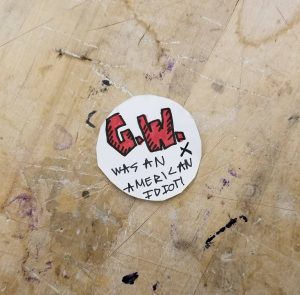
an example of one of our smaller patches (made out of felt and embroided on)
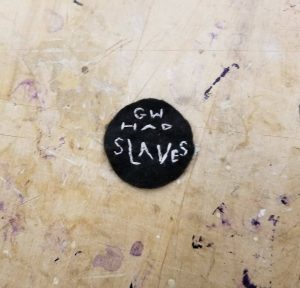
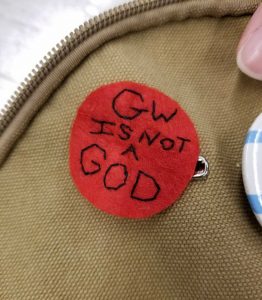
I stuck one of my bag with one of Alyssa’s saftey pins
~
I’ve done plenty of graphic design projects in high school, but I wasn’t the greatest at it. I would design on illustrator, but for this project, I worked on both illustrator for getting transparent pictures and editing in photoshop. It was really fun experimenting with the filters and I learned a lot of how to transform objects into looking punk like. The only thing I regret is making more posters because after getting the hang of everything, many other ideas popped up. Working in a group to install something we each made as a collective was a really fun experience because I believe our final product was amazing. In the first place, putting something together as a group has an accomplishing feeling to it. Especially because our location was by Aweiwei’s installation, Good Fences Make Good Neighbors, since we were both being critical of a person in power.
